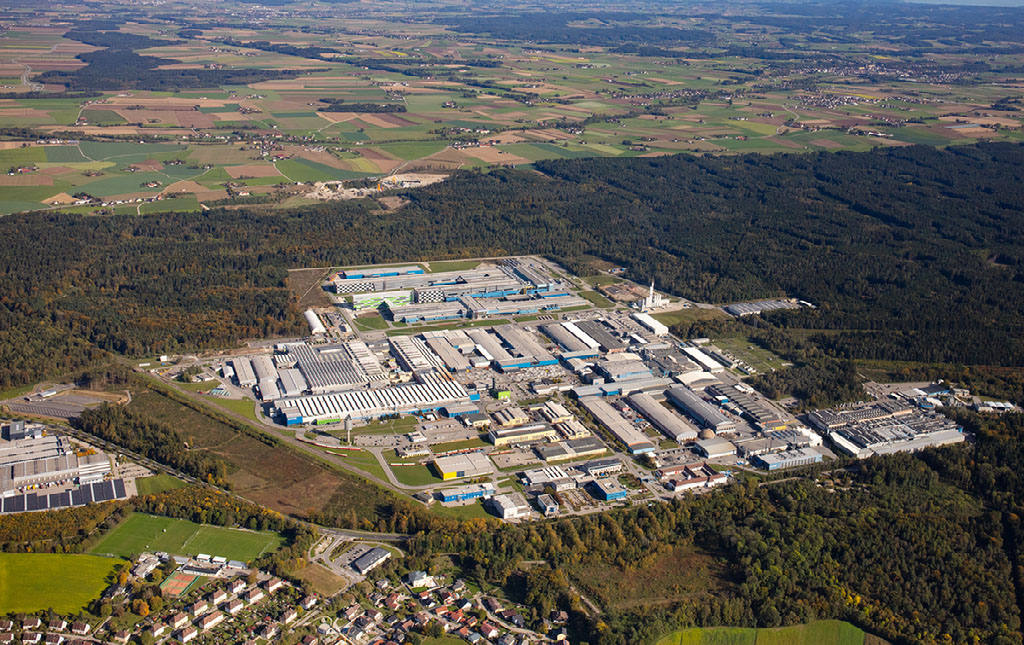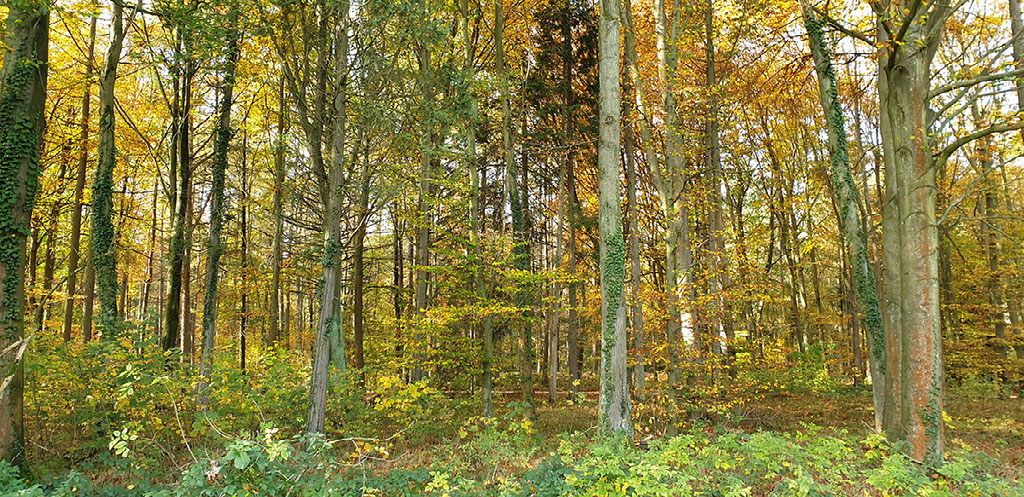AMAG: ASI Certification and Sustainable Biodiversity Management in Lachforst Forest
How ASI certification helped AMAG Austria Metall AG to formalise its approach to biodiversity and sustainable management of the surrounding Lachforst Forest.
16 May 2023
AMAG is a founding member of ASI and became the first integrated company worldwide with rolling mill, foundry and recycling/re-melting to be successfully certified against the ASI Performance Standard in 2018.

AMAG currently owns 297 hectares of land of which around 100 hectares are used for industrial purposes. The industrial site has grown over time and borders closely on the surrounding Lachforst. On its land in the Lachforst, AMAG operates a 183-hectare forest enterprise. The forest is not managed as a commercial forest and there is no focus on economic returns. Rather, the main objective is sustainable management, which continuously promotes the forest’s ecological value and its value as a recreation, protection and experience area for the region’s population.
The integrated site in Ranshofen produces aluminium sheets, plates and strips that are then further processed into high-quality end-products for the aircraft, vehicle, mechanical engineering, construction, packaging, and electrical and consumer goods industries. The company also produces high-quality aluminium cast alloys in the form of ingots, sows and liquid aluminium.
First steps to ASI Certification
AMAG’s competence in recycling, well-established management systems (e.g., ISO 14001, 50001, 45001 and 9001, amongst others) and a focus on product and process innovation are core elements of AMAG’s business strategy. Together, they build a strong basis for the ASI Standards. Besides these internal aspects, there were also external drivers to pursue ASI certification. The ASI Standards address a range of issues that align with the interests and expectations of customers, especially in the packaging and transport sector. As a result, the company is moving swiftly ahead with preparations for achieving ASI Chain of Custody certification.
For AMAG, the implementation of the ASI Standards is a logical next milestone on the path of our ongoing sustainability activities. The preparation for the ASI certification created a lot of awareness of sustainability among our workforce. It was the first time ever that so many employees were interviewed during an audit – around 50 in total – and it made our people reflect in-depth on sustainability and their work environment.
– Helmut Kaufmann, COO, AMAG
One area where the company identified it could change its approach was with regard to biodiversity management, including the sustainable management of the surrounding ‘Lachforst‘ forest. The proximity to the forest, as well as to several nature reserves and a bird sanctuary, requires that AMAG’s operations meet strict nature conservation guidelines.
ASI Performance Standard criterion 8.1 requires companies to assess the risk and materiality of the impacts on biodiversity from the land use and activities in their Area of Influence, and under criterion 8.2, to implement and monitor a Biodiversity Action Plan.
The preparation for the ASI Performance Standard audit with the support of an external expert enabled AMAG to get a different perspective on managing the Lachforst. The expert’s insights, along with discussions with employees responsible for the properties, led to a comprehensive report including initial recommendations to support protection and improvement of the surrounding forest ecology. The subsequent Biodiversity Action Plan gives the company a more focused and systematic approach to implement its forest conservation activities, two of which are described below.
Examples of change
When Ash Dieback (Hymenoscyphus fraxineus) – a fungal disease of Ash trees in Europe – infected the Lachforst, a significant number of trees had to be felled and removed. As a result, one focus of AMAG’s Biodiversity Action Plan is to restore the deforested area in a way that maximises its quality as a natural habitat, using carefully selected tree species – including several oak, cherry, ash poplar, nut, maple and pine tree species, among others – to establish a native mixed forest and a structured woodland edge with domestic bushes and scrub.
The diverse tree species, bushes and scrub provide a suitable habitat where many species of birds (e.g., hawks, owls, finches…), mammals (e.g., martens, foxes, badgers…) and reptiles (e.g., snakes, salamanders…) now thrive, as observed by the local forest rangers. Further, this habitat supports birds (e.g. finches) that eat dry bark beetles, whose infestations have recently dramatically affected coniferous forests in Central Europe.

Another activity has been the planting of wildflower corridors to support the diversity of different species of insects, such as wild bees, butterflies and other pollinating insects. With the implementation of these measures and others in the company’s Biodiversity Action Plan, AMAG is making an important contribution to support and improve the local biodiversity.
Read more about AMAG
Consult AMAG’s website
Consult AMAG’s approach to sustainability
SHARE THIS ARTICLE




